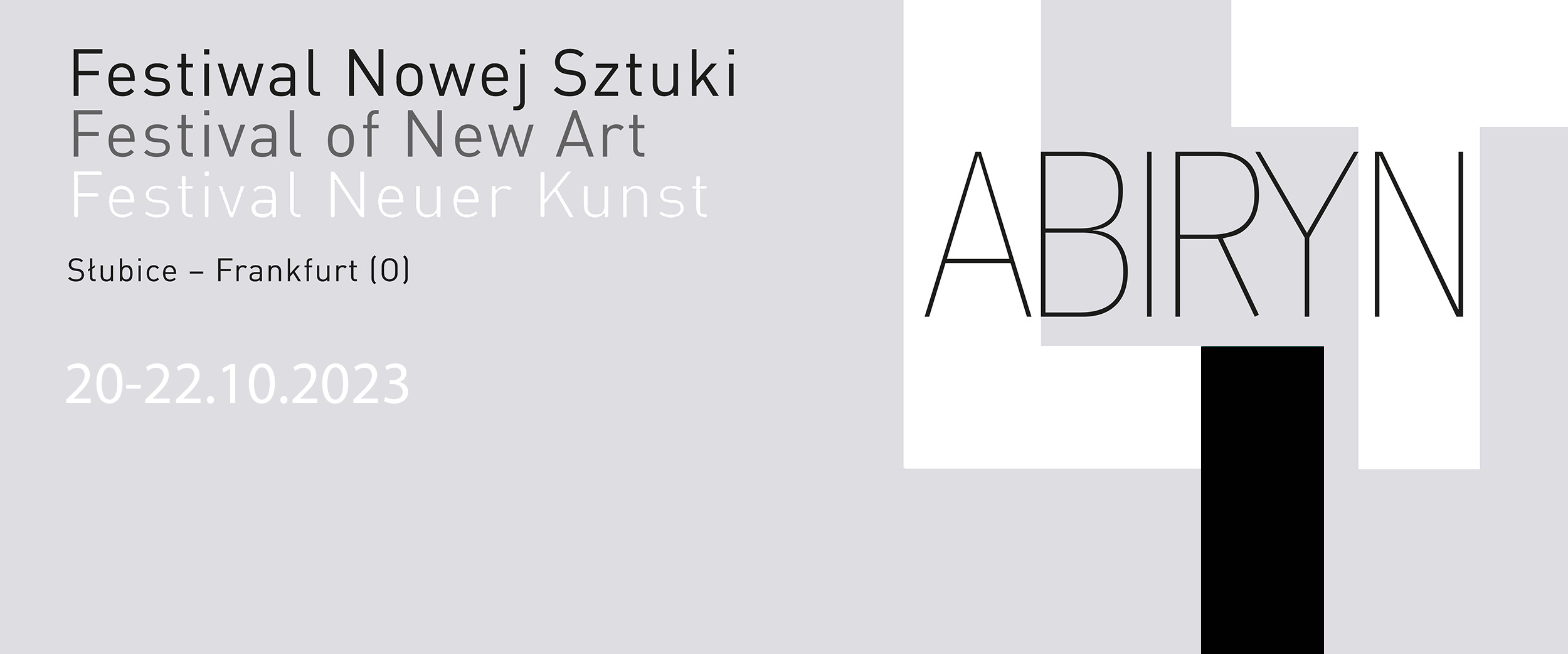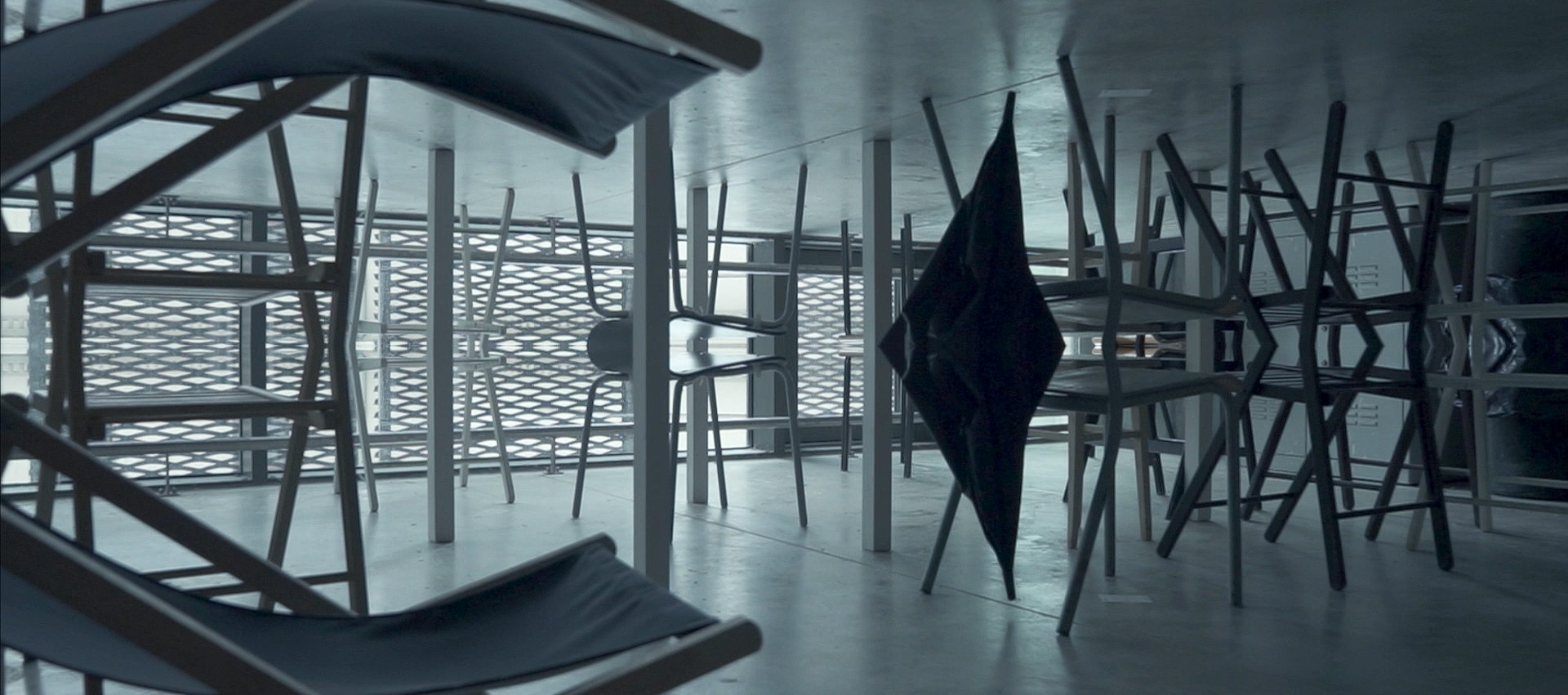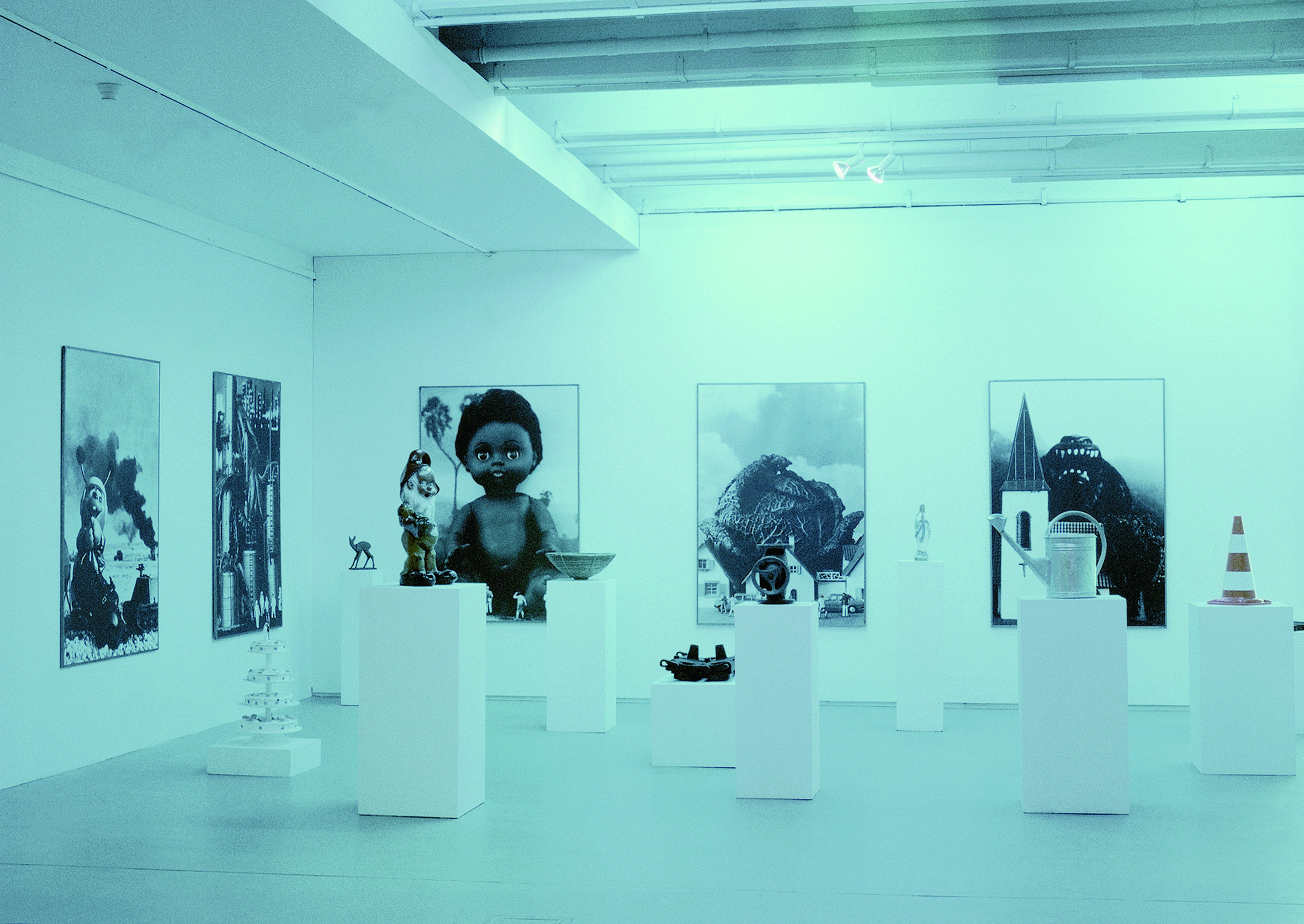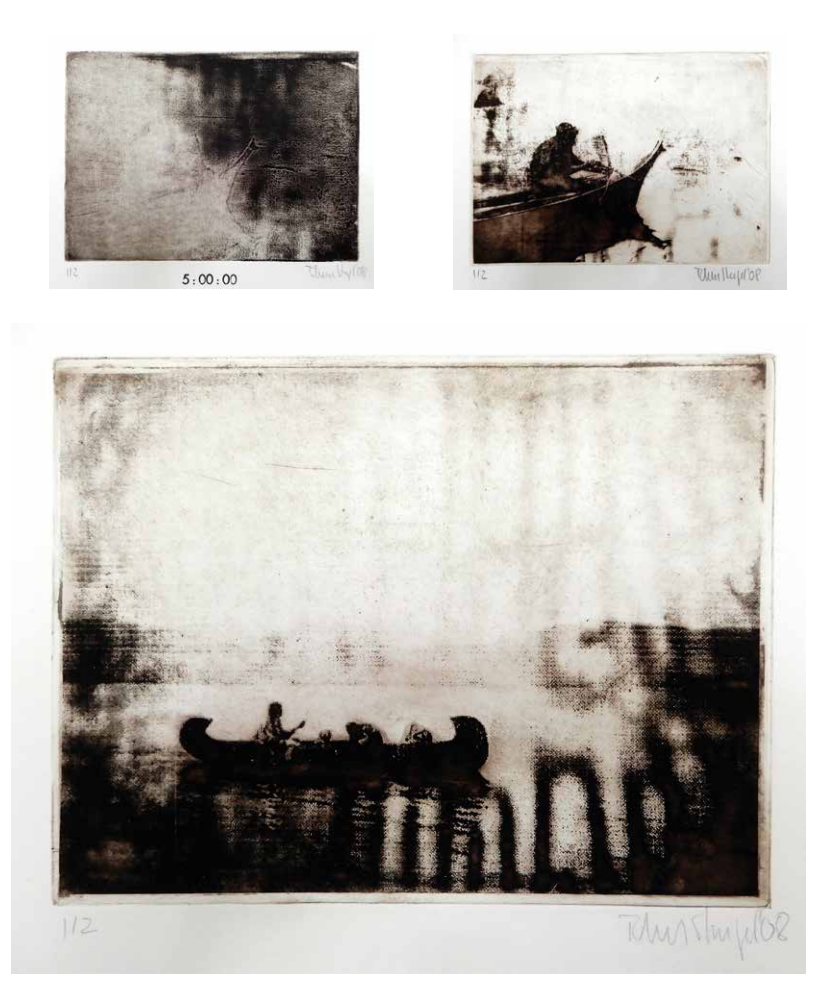


Slide

doslider02
doslider01
Zagubiona ścieżka
Verlorener Pfad
The Lost Path
Autor | artist: Tobias Stengel (1959)
miejsce | Ort | place: Projektraum Słubfurt, Lindenstraße 6, Frankfurt (Oder)
W latach 1907–1930 fotograf Edward S. Curtis próbował stworzyć dokumentację rdzennych plemion Ameryki Północnej. Podczas tego procesu zarówno ludzie, jak i działania kulturowe oraz rytuały zostały odpowiednio zainscenizowane. Postępująca „cywilizacja” lub wymierająca kultura zostały w ten sposób pominięte. W liście ówczesnego prezydenta USA, T. Roosevelta, do Curtisa pada stwierdzenie: „Indianin jako Indianin wkrótce przestanie istnieć, gdyż stanie się obywatelem Stanów Zjednoczonych […] wtedy całkowicie straci swoją wartość jako żywy dokument historyczny”. Nawet jeśli Curtis nie podzielał tej opinii, sposób, w jaki ostatnie plemiona były „archiwizowane”, ewidentnie uprzedmiotawiał tych ludzi. Punktem wyjścia dla dwóch sekwencji graficznych Zagubiona ścieżka jest wybór dwóch motywów z portfolio Curtisa. Zostały one wydrukowane w technologii fototrawienia. Później płyty drukarskie zostały jeszcze kilkakrotnie poddane procesowi trawienia, a prace zadrukowane to tego stopnia, że oryginalny obraz przestał być rozpoznawalny. Czas trwania procesu wytrawiania jest wybity jako sekwencja liczb na krawędzi akwaforty
Der Fotograf Edward S. Curtis hat von 1907 bis 1930 versucht eine Dokumentation der indigenen Stämme Nordamerikas zu erstellen. Dabei wurden Personen, kulturelle Handlungen und Rituale stimmungsvoll inszeniert. Die voranschreitende „Zivilisation“ oder die sterbende Kultur wird dabei ausgeblendet. In einem Referenzschreiben des damaligen Präsidenten der USA, T. Roosevelt, heißt es: „Der Indianer als Indianer wird bald ausgelöscht sein, wenn er erst einmal Bürger der Vereinigten Staaten ist … dann hat er seinen Wert als lebendiges historisches Dokument vollends verloren“. Auch wenn Curtis diese Meinung nicht teilte, die Art und Weise der „Archivierung“ der verbliebenen Stämme macht Menschen zum Objekt. Ausgangspunkt für die beiden Grafikfolgen Verlorener Pfad ist eine Auswahl von zwei Motiven aus dem Portfolio von Curtis. Diese wurden mit der Technologie der Fotoradierung gedruckt. Später wurden die Druckplatten in mehreren Schritten Ätzprozessen ausgesetzt und ebenfalls abgedruckt, bis das ursprüngliche Bild in seiner Wiedererkennbarkeit verschwand. Die Zeitspanne des Ätzprozesses ist als Zahlenfolge auf dem Rand der Radierung aufgestempelt.
From 1907 to 1930 the photographer Edward S. Curtis attempted to create a documentation of the indigenous tribes of North America. In the process, people, cultural actions and rituals were appropriately staged. The advancing “civilisation” or the dying culture is thereby faded out. In a letter to Curtis the then President of the USA, T. Roosevelt, states, “The Indian, as an Indian, is on the point of perishing, and when he has become a United States citizen … he will lose completely his value as a living historical document.” Even if Curtis did not share this opinion, the way in which the remaining tribes are “archived” turns people into objects. The starting point for the two graphic sequences entitled The Lost Path is a selection of two motifs from Curtis’ portfolio. They were printed using the technology of photo etching. Then, the printing plates were etched several more times and the works were overprinted to such an extent that the original image was no longer recognisable. The time span of the etching process is stamped as a sequence of numbers on the edge of the etching.

30/05/22, technika mieszana, drewno, 21,2 x 29 cm, 2022
30/05/22, Mischtechnik, Holz, 21,2 x 29 cm, 2022
30/05/22, mixed technique, wood, 21,2 x 29 cm, 2022